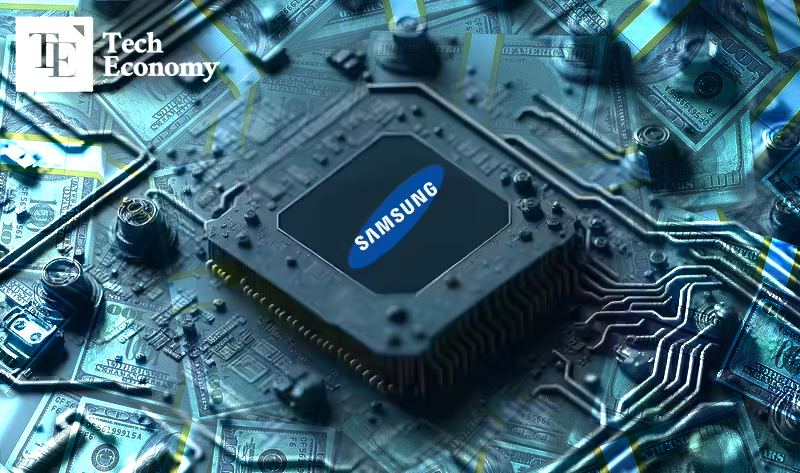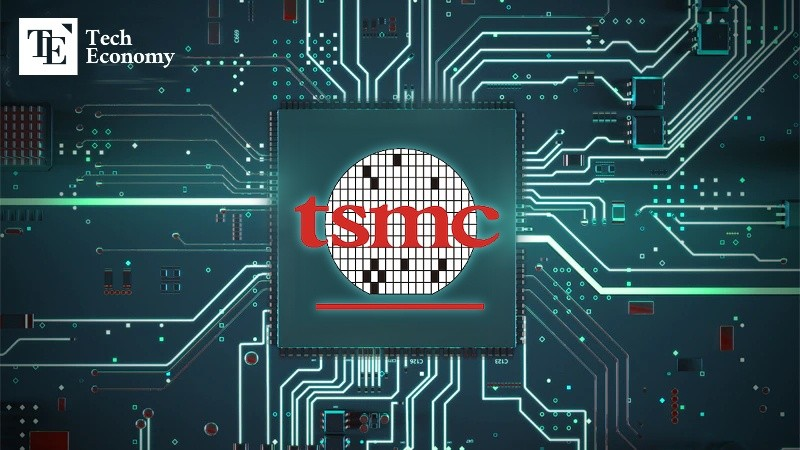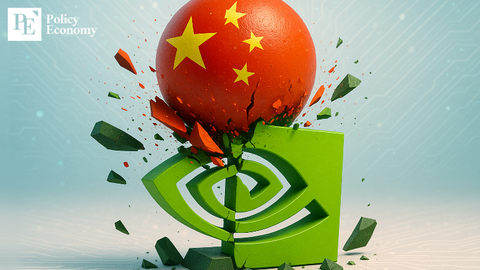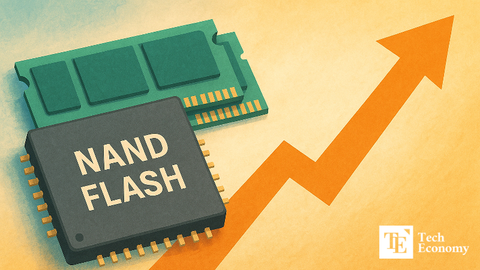Samsung Improves 2nm Yield, But TSMC's Wall Still Looms Large
Input
Modified
Samsung going all-in on 2nm process advancement TSMC already achieves 60% yield, maintaining dominant edge Without reaching 70% yield, Samsung may struggle to win major orders

Samsung Electronics has reportedly improved its 2nm (nanometer) process yield, marking a modest step forward in its previously stagnant next-generation semiconductor competitiveness. While the advancement reflects incremental progress in Samsung’s 2nm development, industry analysts remain skeptical. With Taiwan’s TSMC already securing a dominant yield rate in 2nm production, many in the market believe it will be extremely difficult for Samsung to gain a competitive edge in the 2nm race.
Samsung Surpasses 40% Yield on 2nm Node
On April 10 (local time), tech outlet Wccftech reported that Samsung Foundry has made remarkable progress with its next-generation 2nm process technology, closing in on industry leader TSMC. Previously, Samsung had struggled with poor yield rates—hovering between 20–30%—for its 3nm GAA (Gate-All-Around) process. However, under new executive leadership, Samsung has accelerated development of its 2nm process, recently achieving a yield rate above 40% during wafer testing by a backend partner.
The industry’s expectations for Samsung’s 2nm technology are growing. With TSMC’s production lines nearing full capacity, customers are increasingly open to deals with Samsung, especially as it offers more competitive pricing. Major chip designers such as Apple, AMD, and Nvidia are reportedly exploring dual sourcing strategies, considering Samsung’s 2nm process as a viable alternative. If adopted, this could significantly boost Samsung’s foundry market share.

TSMC Maintains a Commanding Lead
Despite Samsung’s gains, some industry insiders remain skeptical that it can compete with TSMC on equal footing. TSMC has already achieved a stable yield rate exceeding 60% for its 2nm process. According to one expert, “A yield rate above 60% generally signals readiness for volume production. With several months left before mass production begins later this year, TSMC’s yield could rise even further.”
Production capacity is also ramping up smoothly. Taiwanese financial media such as Commercial Times report that TSMC plans to increase monthly 2nm wafer output to 50,000 units by year-end. Once full operations begin at its Baoshan and Kaohsiung fabs, output could reach 80,000 wafers per month. The Baoshan fab began taking orders on April 1 and is expected to begin mass production later this year. Kaohsiung held its expansion ceremony on March 31.
Chip manufacturing costs are rising as well. Commercial Times estimates that 2nm chips will cost around $30,000 per wafer, about 50% more than the initial cost of 3nm chips. TSMC’s expanded investments in U.S. fabs, in response to pressure from the U.S. government, could drive costs even higher. Nonetheless, strong early demand suggests TSMC won’t face challenges securing orders.
Without 70% Yield, Orders Will Be Hard to Come By
To overcome TSMC’s lead, Samsung must significantly improve its yields. Wccftech’s senior reporter Omar Sohail recently noted that Samsung’s 2nm GAA trial production of the Exynos 2600 still yields around 30%, adding, “Whether Samsung can enter mass production depends on achieving a 'tolerable level' of yield.” He further emphasized, “At least 70% yield is required to secure customer orders for the 2nm GAA node.”
Moreover, Wccftech predicted that unless GAA node design is finalized by Q3 2025, the Exynos 2600 might miss the launch window for the Galaxy S26 series. The outlet also recalled that while Samsung initially took the lead in first-generation 3nm GAA technology in 2022, it eventually fell behind TSMC—a pattern that may repeat with 2nm if Samsung cannot sustain momentum.
Although Samsung’s recent progress in 2nm development is noteworthy, the company still faces significant hurdles in yield optimization and client acquisition. TSMC’s head start in process stability, production scaling, and customer trust remains a formidable challenge. To truly threaten TSMC’s dominance, Samsung will need to break past its current ceiling and deliver on promises—before history repeats itself.





















